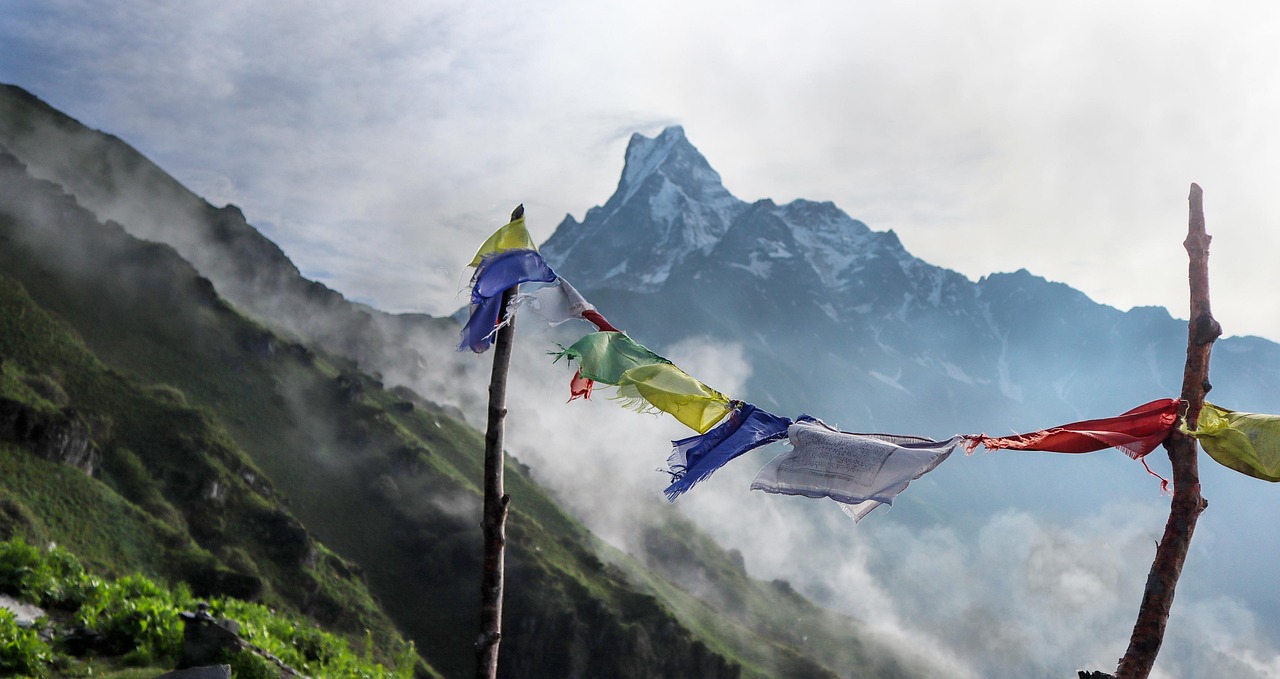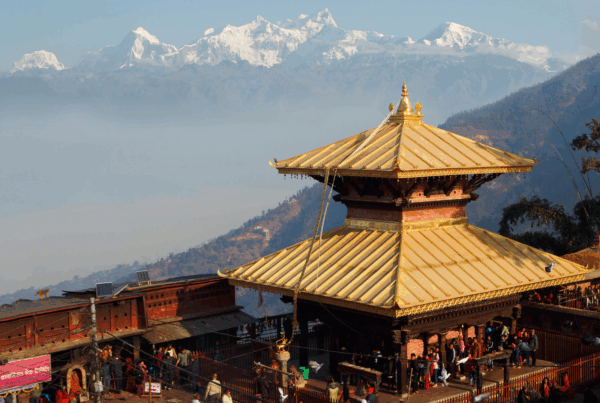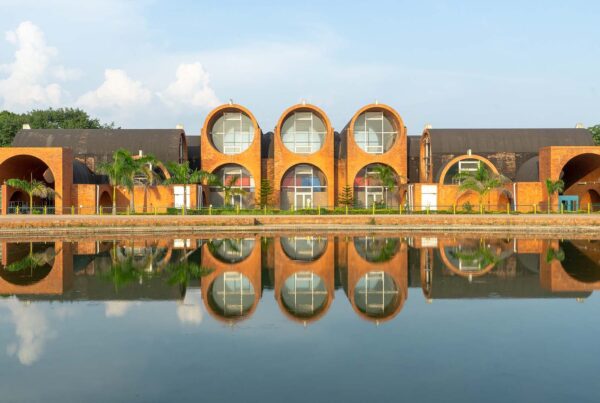H ave you ever noticed how even the smallest detail—one new word, a fresh sight, a quirky fact—can shift the way you see the world? The truth is: every day you learn something new. And when you pair this mindset with a place as rich and wildly fascinating as Nepal, you’ll find surprises around every corner.
Here are 12 lesser-known, fun, and meaningful facts about Nepal that might delight you (and your readers) while reinforcing the idea that learning never stops.

What’s in a name?
The name “Nepal” has layers of possibility behind it. One widely accepted explanation: it comes from the Sanskrit nipa-ālaya, meaning “dwelling at the foot of the mountains” or “abode at the mountain’s base”.
Another view: it derives from “Ne”, the name of an ancient sage or guardian, plus “pāla” meaning “protector” or “shepherd”—so “protector of the Ne people”.
So: every time you say “Nepal”, you’re echoing centuries of mountain-myth and human-settlement.

The only national flag that’s not rectangular
Here’s a striking one: Nepal’s national flag is the only one in the world that is not a rectangle.
Its double-triangular (double-pennon) shape is unique, symbolising the Himalayan peaks and also reflecting Hindu and Buddhist traditions.
So next time you spot that flag waving above Kathmandu or a hill-village home, remember it’s physically shaped to match the landscape and story of Nepal itself.

Festival of loyal companions: Kukur Tihar
Not only is Nepal rich in nature, culture and festivals—but one of its most charming is “Dog Day” (yes, really!). On Kukur Tihar, part of the larger Tihar, canines are worshipped, garlanded, fed treats, and celebrated for their loyalty and service.
This extends not just to house-pets, but to street dogs too, recognising them as part of the community. What a beautiful way to show everyday kindness.
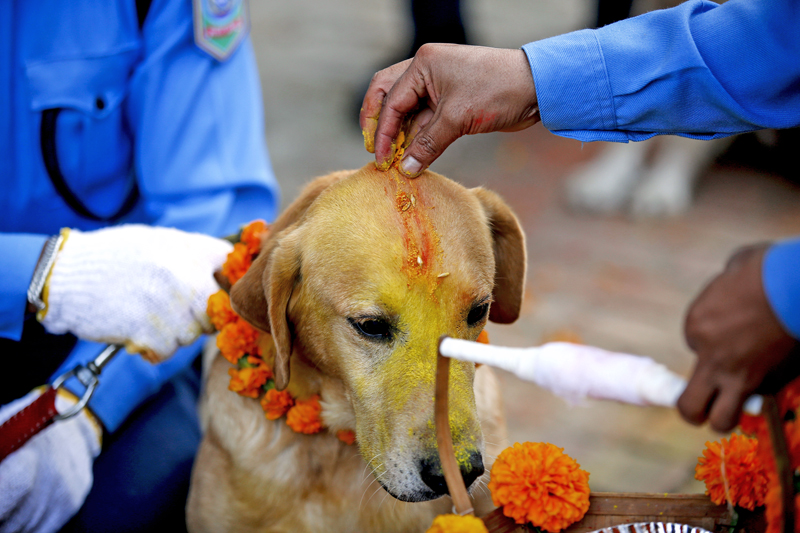
Holidays galore: Nepal tops global lists
Here’s something that might surprise you: Nepal has among the most public holidays in the world.
For example, in one year the government announced ~35 official public holidays (in addition to weekends) and when you add regional and cultural observances, the list grows.
It may not always follow the typical Saturday-Sunday weekend routine everywhere, so the rhythm of “weekday vs weekend” is slightly different.
Learning-friendly reminder: sometimes the slower rhythm lets you pause and pick something new up.

The mighty rhododendron is the national flower
Tuft of colour in mountain valleys? That’s the rhododendron. Nepal’s national flower is the rhododendron (locally called Lali Gurans).
While this fact is not super hidden, it pairs beautifully with the idea that nature, colour and identity all blend in Nepal’s story.

One of the youngest countries yet ancient in roots
While Nepal is modernising fast, parts of its identity stretch back thousands of years. The name appears in ancient texts at least 2,500 years old. So, you get this lovely tension: a place that’s both ancient in spirit and youthful in energy.
Lesson: No matter how “old” your surroundings, there’s always something new to learn from them.

Nine of the world’s ten highest mountains? Nepal has most of them
When you picture Nepal, you imagine snow-peaks. It’s a true vision: eight of the world’s ten highest-elevation mountains lie partly or wholly inside Nepal.
Peaks like Mount Everest (Sagarmāthā) dominate not only geography but the imagination.
So if you thought “mountain country” was just a phrase, here it’s literal.

A village with a special name: “Nepal” used to refer only to Kathmandu Valley
Historically, the term “Nepal” referred to the Kathmandu Valley region, and over time it expanded to cover the country’s hills and Himalayas.
It’s a reminder: names evolve, maps change—and what we call “home” shifts over time.
Takeaway: Keep your mind open, because what seems fixed may have centuries of change behind it.

A festival-filled country: culture meets calendar
Given Nepal’s ethnic and religious diversity, the number of festivals is high—and each brings with it cultural lessons. Examples include Tihar (which we mentioned), Dashain, and many more.
Festivals celebrate nature (animals, light, mountains), family (siblings, community), and spirituality. N
Learning angle: Culture is a classroom, even if the classroom is outside and under the sun.
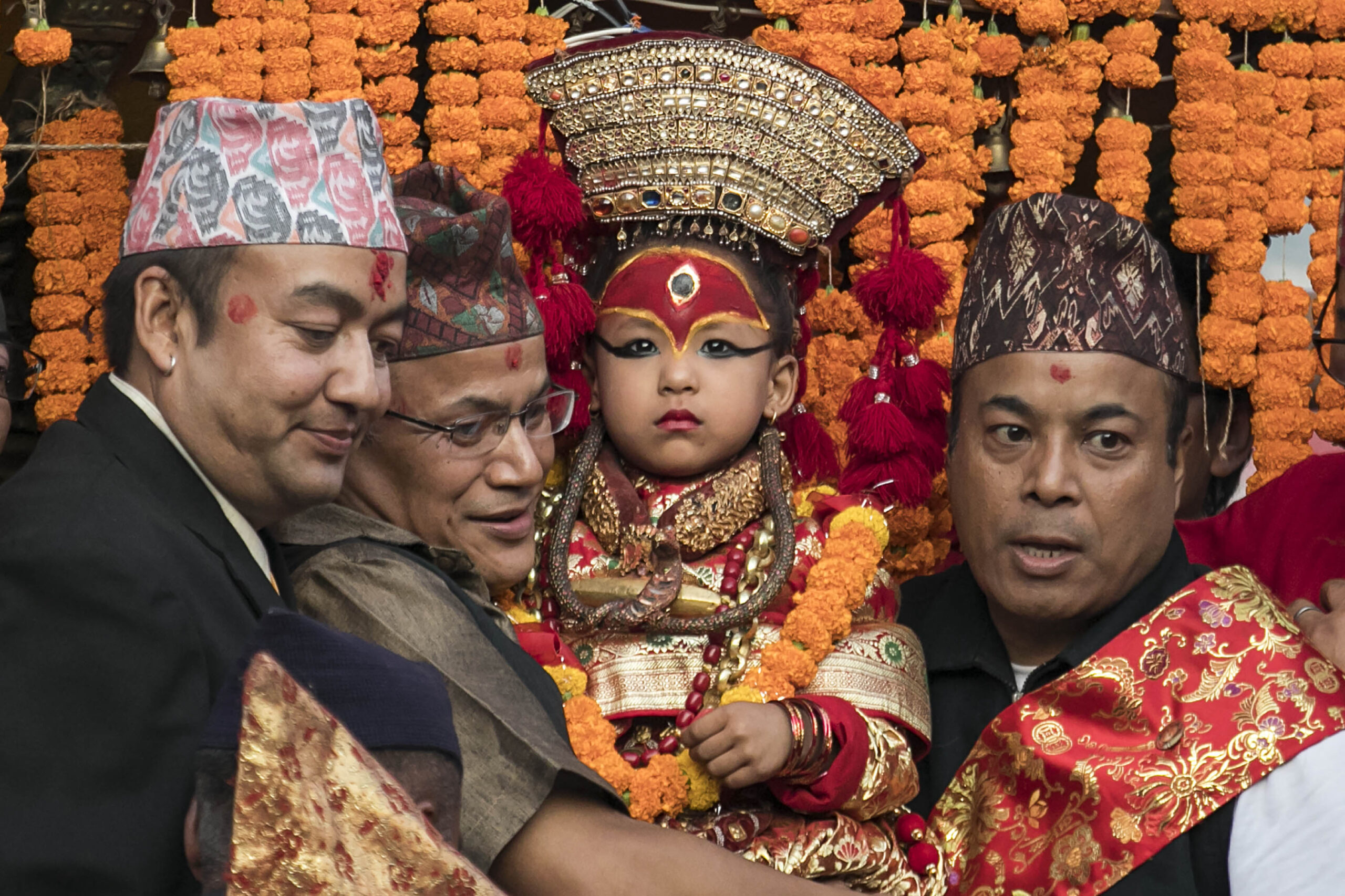
Language and identity: Many tongues, one country
Nepal is home to over 120 languages and dozens of ethnic groups.
This means that “learning something new” often involves listening—to a new language, a new tradition, a new story.
Even if you’re just travelling or reading for fun: every conversation becomes a mini-lesson.

Yoga, meditation & mountain air: spiritual altitude
With the Himalayas as your backdrop and centuries of meditation traditions, Nepal offers not just physical but inner elevation.
While not exactly “hidden”, the fact that a day’s walk here might bring you closer not just to mountains but to… you-know-what-makes-you-tick, is a fun thought.
Tip: Learning isn’t just reading—it can be feeling.
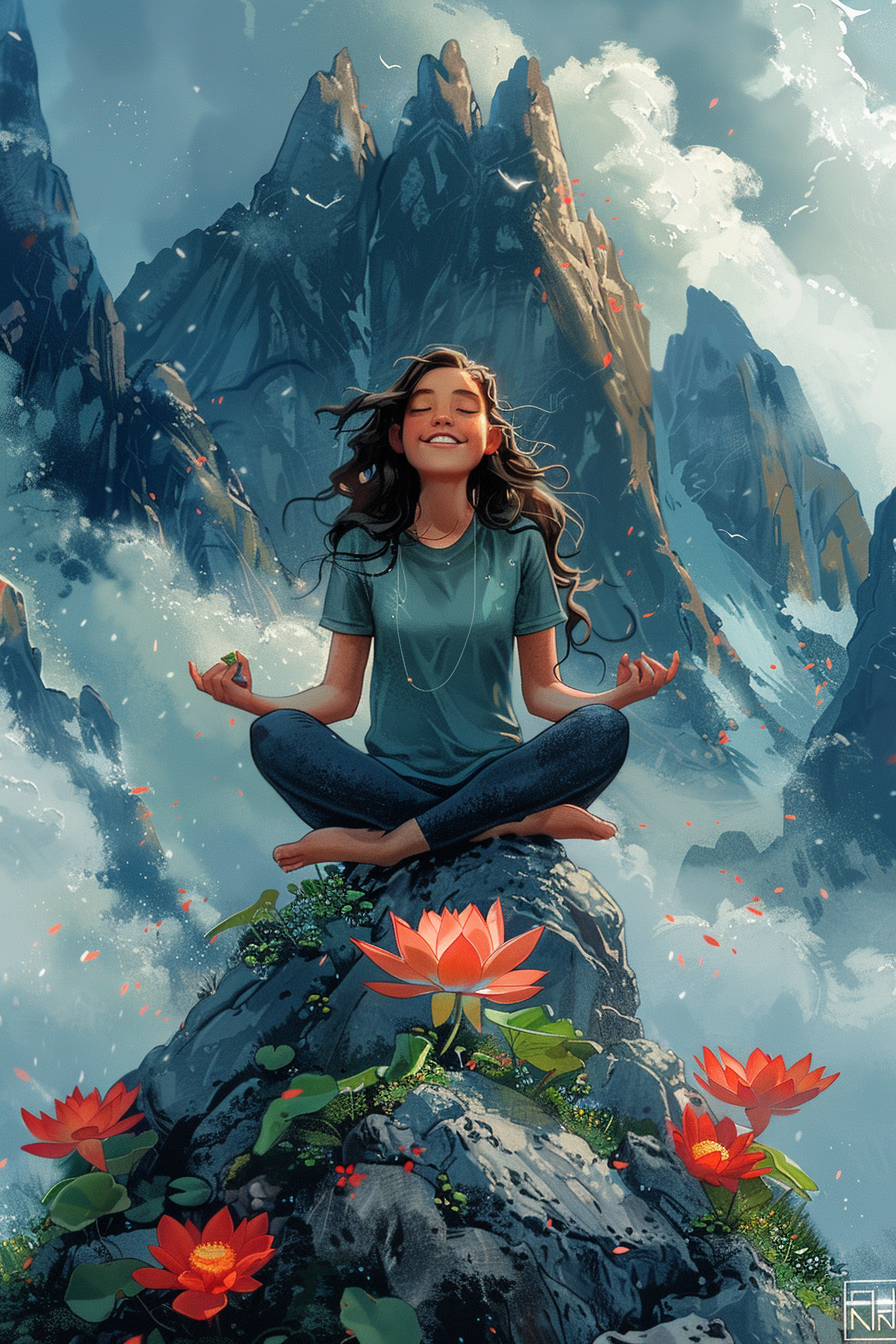
Wildlife wonders & climate surprises
From snow-leopards to red pandas, from rhinos in Terai flats to mountain birds, Nepal’s biodiversity is both wide and amazing.
Climate change is altering some of that, meaning what you learn today about a species or glacial lake may be different tomorrow.
Lesson: Staying curious is kind to both you and the world.
Why “Every Day You Learn Something New” Matters
-
It keeps you humble: Even when you think you know a place (or yourself), a detail turns that assumption on its head.
-
It sparks connection: Finding a fun fact about Nepal might lead you to a conversation, a trek, a new friend, or a new way of seeing.
-
It builds joy: Learning isn’t just about “serious stuff”. It’s that moment of discovery when you whisper “Oh wow!”
-
It nourishes growth: Whether you’re heading into a meeting, teaching freshers (as you are!), or travelling, new knowledge changes your brain pattern.
How You Can Apply This Today
-
Pick one of the fun facts above and share it with a friend or family member—see if they knew it.
-
Write your own “fun fact” about Nepal—maybe about your favourite festival, mountain trek, or local tradition.
-
Keep a little “learning journal” (even a phone note) where you jot: “Today I learned…” and add one item. Ask yourself: why does this matter?
-
On your next trip, pick something small to highlight—maybe the shape of the Nepali flag, or the way dogs are honoured on Kukur Tihar. Those small details are delightful.
